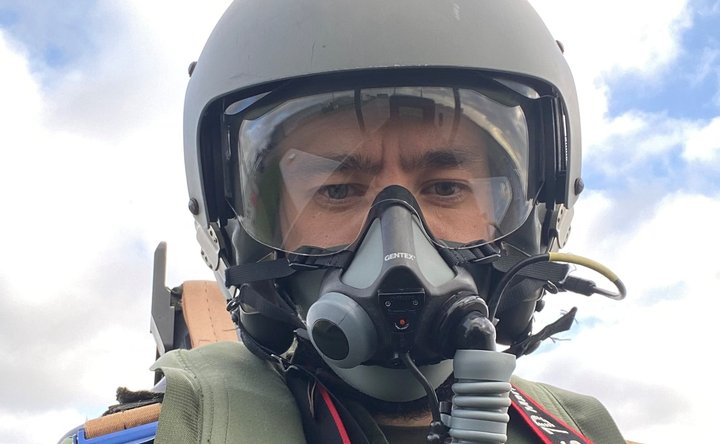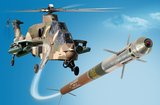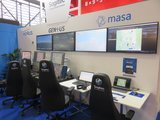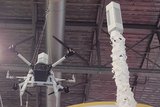CV90 upgrade programme helps BAE meet growing demand for IFV
A CV90 MkIV conducting a ramp climbing test. (Photo: BAE Systems Hägglunds)
The BAE Systems Hägglunds CV90 has built a reputation as one of the world’s leading infantry fighting vehicles. From the outset, the CV90 was designed to offer maximum protection to the crew and troops traveling within, while remaining a highly mobile and potent infantry fighting vehicle (IFV).
Shephard spoke with Tarkan Turkcan, CV90 platform director for BAE Systems Hägglunds, for a programme update.
Development on the vehicle has focused on meeting new and emerging threats while staying true to its core design philosophy. The vehicle currently equips the armed forces of Sweden, the Netherlands, Norway, Denmark, Estonia, Finland, Switzerland and
Already have an account? Log in
Want to keep reading this article?
More from Eurosatory 2024 | View all news
-
![India expands ammunition production with Adani–Thales collaboration]()
India expands ammunition production with Adani–Thales collaboration
Adani Defence & Aerospace has teamed up with Thales Belgium to manufacture and assemble NATO-standard 70mm calibre ammunition, strengthening India's self-reliance in defence production.
-
![Naval artificial intelligence demonstrated in new applications in Paris]()
Naval artificial intelligence demonstrated in new applications in Paris
The prevalence of AI-enabled solutions from startups and major defence company at this year’s Eurosatory highlighted both the potential benefits and trust-related challenges associated with its adoption.
-
![Thales completes delivery of upgraded command and staff trainer to Polish Land Forces]()
Thales completes delivery of upgraded command and staff trainer to Polish Land Forces
Thales unveiled its CAST system at Eurosatory 2024 showcasing its advanced capabilities in enhancing situational awareness and decision-making skills.
-
Sogitec combines Sword, Genius and HORUS for virtual/constructive demonstrator
The French company has integrated its Genius UAS and HORUS helicopter simulators with MASA’s Sword constructive simulation as it aims to achieve operational orders by the end of 2025.
-
![Saab releases details on Sirius Compact EW sensor]()
Saab releases details on Sirius Compact EW sensor
Sirius Compact can be operated as a stand-alone unit or as part of a network with several sensors typically supporting Ground Based Air Defence with target information.
-
![Thales takes new HF communications system from ship to shore]()
Thales takes new HF communications system from ship to shore
The HF XL family was unveiled at last month’s Eurosatory 2024 with the company pushing the system’s capability of searching out unjammed channels or channels with the highest data rate available.

























